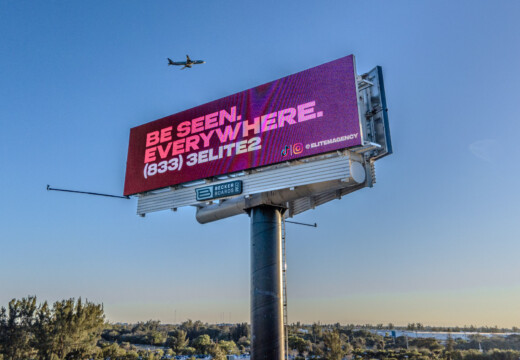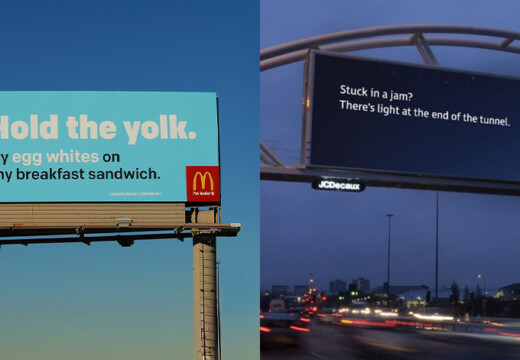Need to place a billboard but zoning rules are in the way? You have two options: apply for a zoning variance or request a zoning exception. Here’s a quick breakdown:
- Zoning Variance: Use this if unique property issues (like a steep slope or obstruction) make following zoning rules impossible. You’ll need to prove that these conditions cause undue hardship. Variances are tied to the property and are usually permanent.
- Zoning Exception: Choose this if your project aligns with the zone’s purpose but needs special approval (e.g., digital billboards in areas for static signs). Exceptions are temporary and require compliance with specific conditions.
Quick Comparison
| Aspect | Zoning Variance | Zoning Exception |
|---|---|---|
| Definition | Permission to deviate due to hardship | Conditional use allowed by zoning |
| Legal Basis | Prove undue hardship | Meet specific conditions |
| Process | Public hearings, longer timeline | Administrative review, faster process |
| Cost | Higher fees | Lower fees |
| Duration | Permanent | Temporary (renewable) |
Bottom line: Variances solve property-specific challenges, while exceptions focus on conditional uses. Choose based on your situation and local zoning rules.
What is the Difference between a Special Permit and a …
What Are Zoning Variances and Exceptions?
Zoning variances and exceptions deal with nonconforming billboard proposals. Understanding the difference helps advertisers navigate zoning compliance effectively.
Zoning Variance Basics
A variance allows a property to deviate from zoning rules when strict adherence would create an undue hardship due to unique property features. For billboard advertisers, this can involve:
- Height restrictions
- Setback requirements
- Size limits
- Illumination standards
For example, a sloped property or obstructed views might justify a taller sign or a different location. Once approved, a variance is typically tied to the property and remains in effect unless specific conditions or time limits are attached.
Zoning Exception Basics
An exception, also known as a conditional use permit, allows a specific use under certain conditions. Unlike variances, exceptions apply to pre-approved uses rather than unique hardships.
Scenarios where exceptions are common include:
- Digital billboards in zones designated for static signs only
- Signs in mixed-use areas
- Extended lighting hours
- Temporary displays for special events
Obtaining an exception requires meeting zoning guidelines, adhering to operational standards, undergoing reviews, and, in some cases, renewing the permit. Approval depends on factors like compatibility with the surrounding area, limited impact on nearby properties, adherence to zoning codes, and a clear business purpose.
Next, we’ll examine how to decide between pursuing a variance or an exception.
When to Use Each Option
Here’s how to decide which route to take based on the definitions:
- Variance: Opt for this when specific site conditions, like a steep slope or physical obstruction, make following standard rules unworkable. You’ll need to demonstrate that these conditions cause undue hardship.
- Exception: Choose this if your billboard fits the general purpose of the zone but requires special approval, such as using digital displays in areas designated for static billboards. You’ll need to show that your project aligns with the zone’s guidelines.
- Apply: Review local regulations carefully. Variances typically require proof of hardship, while exceptions demand evidence that your project is compatible with the zone.
sbb-itb-2e2e93f
Main Differences
Here’s a quick comparison of zoning variances and exceptions to help you decide the best approach for your billboard project.
Comparison Chart
| Aspect | Zoning Variance | Zoning Exception |
|---|---|---|
| Definition | Permission to deviate due to property hardship | Conditional use allowed by zoning code |
| Legal Basis | Requires evidence of undue hardship | Must satisfy specific conditions |
| Application Process | Involves public notice, hearings, and testimony | Handled through administrative review |
| Typical Timeline | Takes longer to process | Process is quicker |
| Fees | Higher costs involved | Lower costs |
| Duration | Permanent; applies to the property | Temporary; can be renewed |
| Proof Required | Must demonstrate undue hardship | Must comply with detailed standards |
What This Means for Billboard Ads
Zoning rules play a big role in where and how digital billboards can be placed. Variances address site limitations, while exceptions handle operating standards. Digital billboards often need to navigate both.
Navigating Zoning Rules
Digital billboards face zoning challenges due to electronic displays and traffic safety concerns. Here are some key zoning considerations:
- Setbacks: If a property doesn’t meet the required distance from roads or structures, a variance may be needed.
- Conditions: Exceptions might be required for specific display types or operating hours.
- Safety: Applications must show that the billboard won’t distract drivers.
Blip’s platform simplifies these zoning requirements.
How Blip Simplifies Compliance

Blip offers pre-approved locations that meet variance and exception requirements, helping advertisers avoid zoning issues altogether. The platform provides a smooth review process, with an initial review completed in 90 minutes and final approval from property owners within 1-3 days.
"Billboards are one of the most impactful ways to advertise, and with Blip, you spend a fraction of what you would end up paying elsewhere." – Ray Bowens, Founder, Hashtag-Vape
This streamlined approach allows businesses to focus on crafting their message instead of worrying about zoning challenges.
Summary
Choose variances to handle unique property challenges and exceptions tied to specific conditional uses. Blip’s self-serve platform simplifies zoning compliance with built-in design standards and a straightforward two-step review process. The initial Blip review takes just 90 minutes, followed by owner approval within 1-3 days, helping you launch campaigns that meet zoning requirements with ease.


